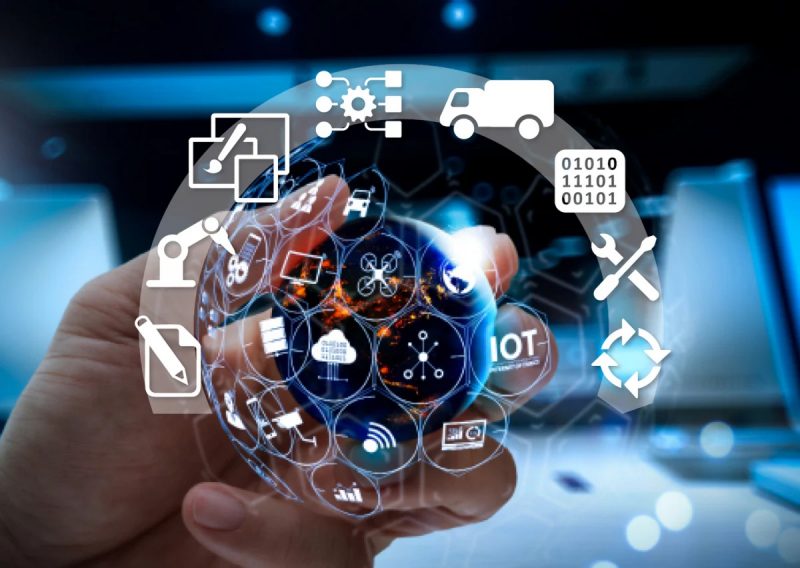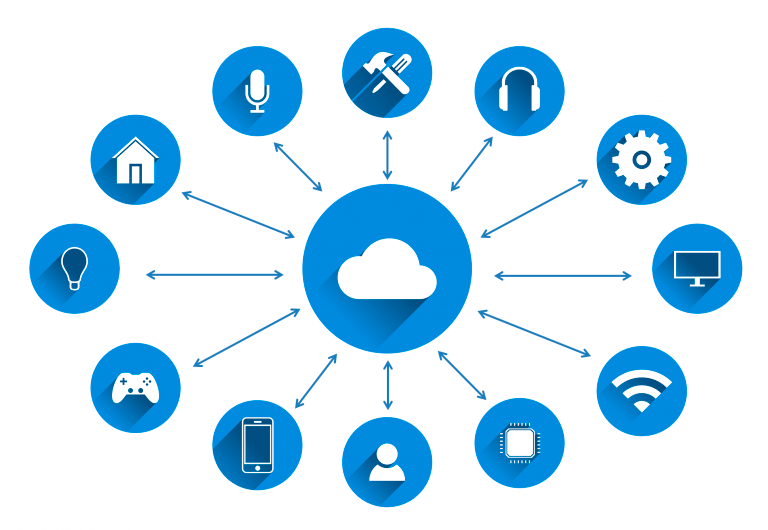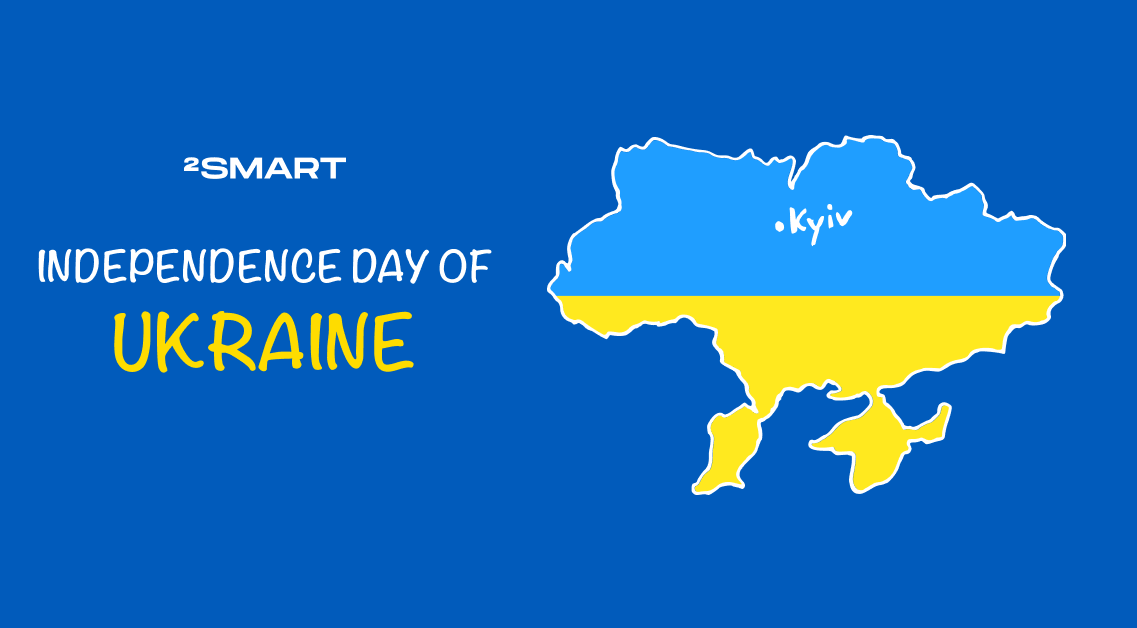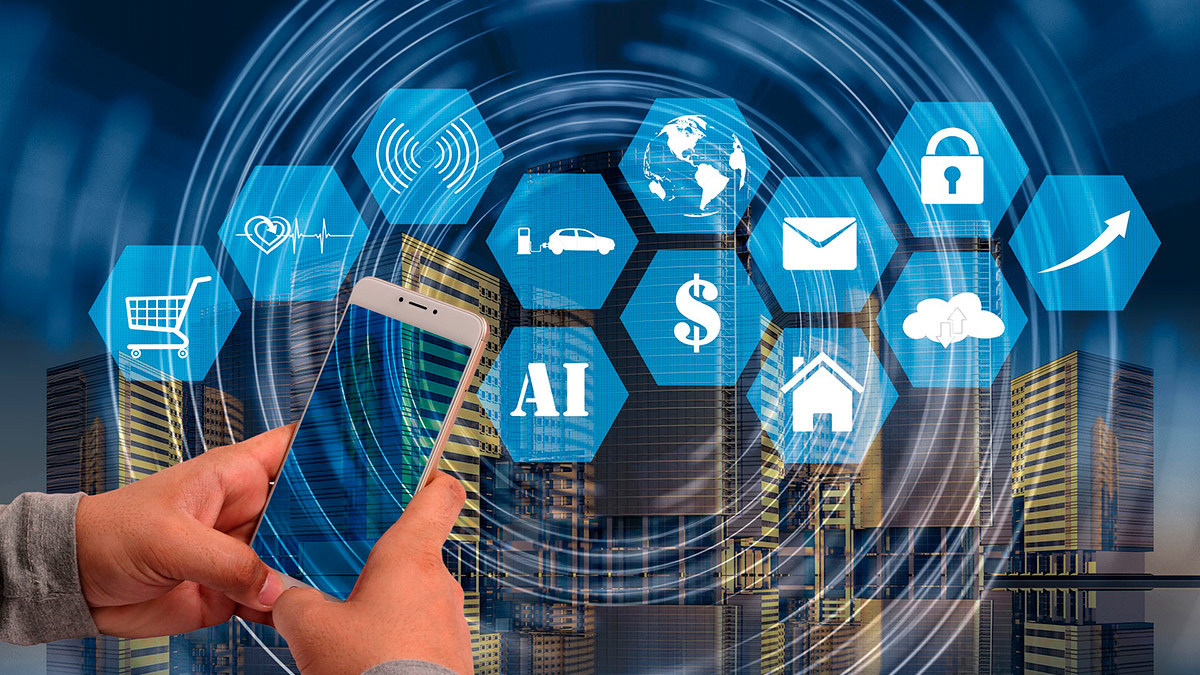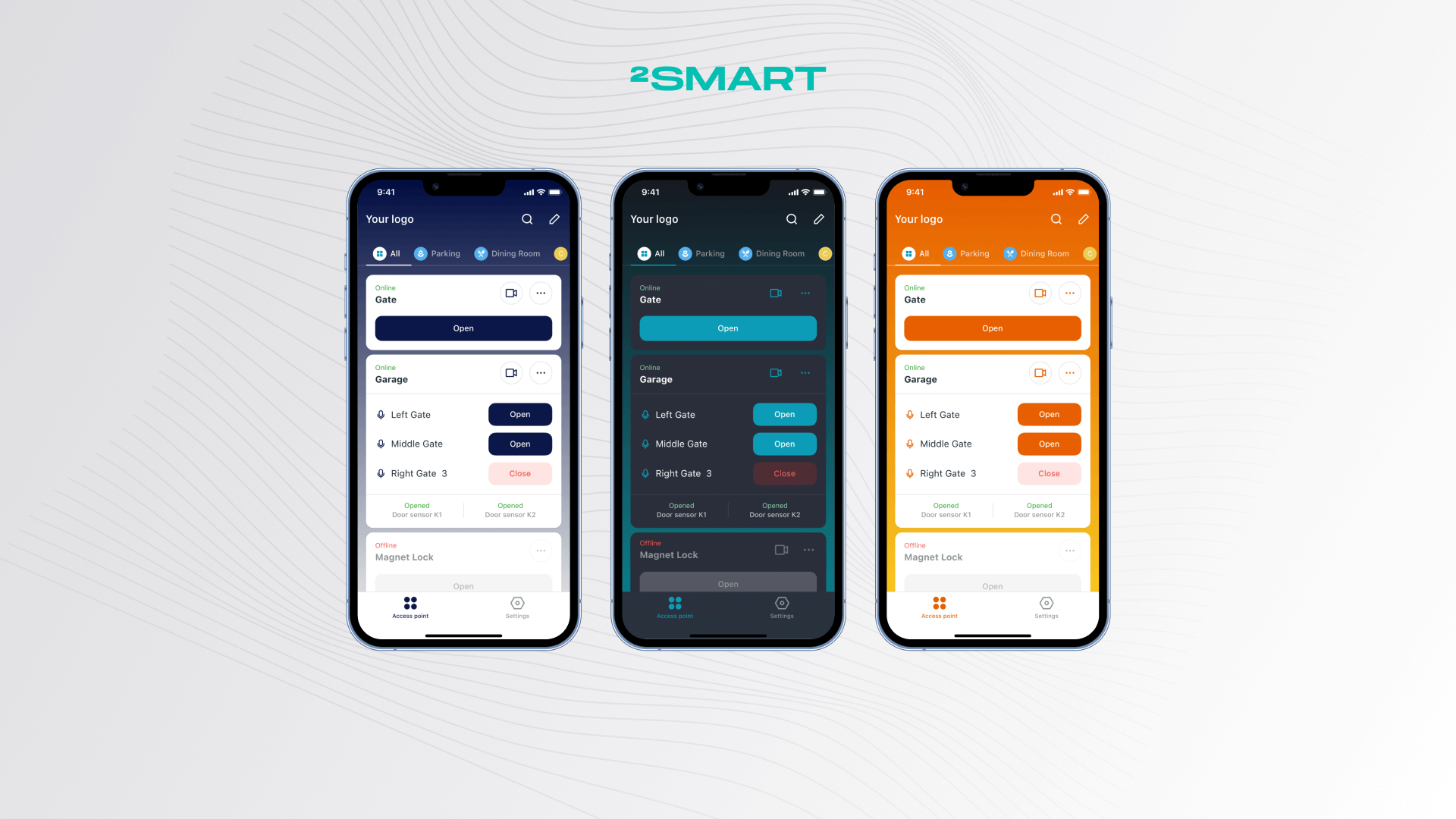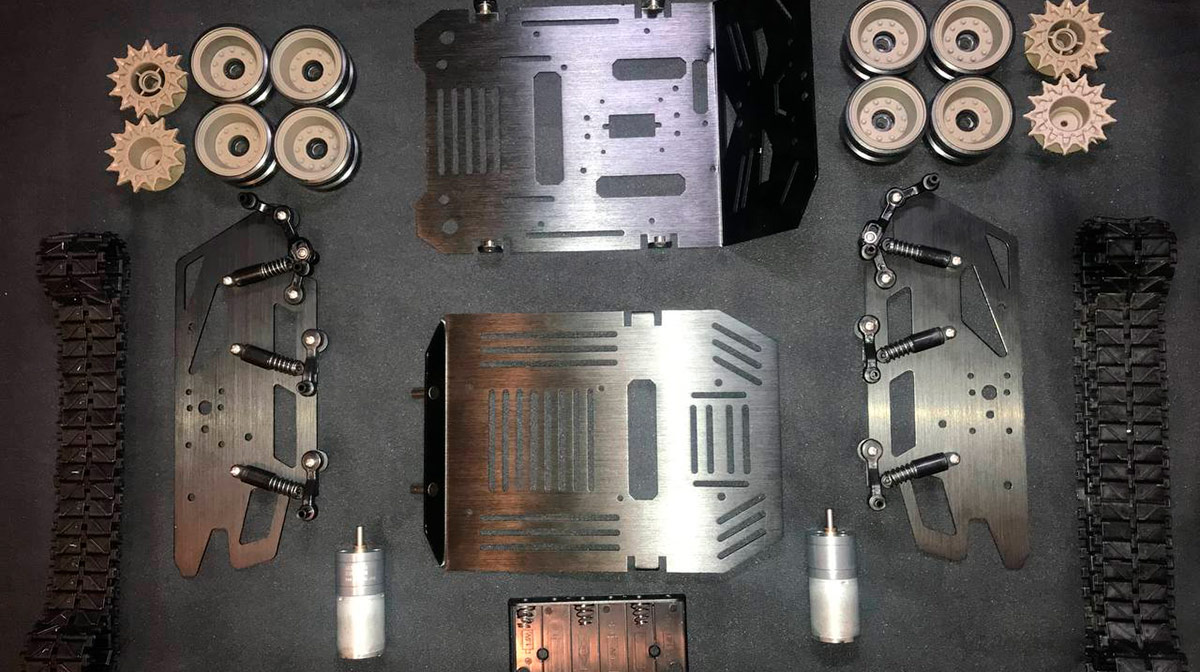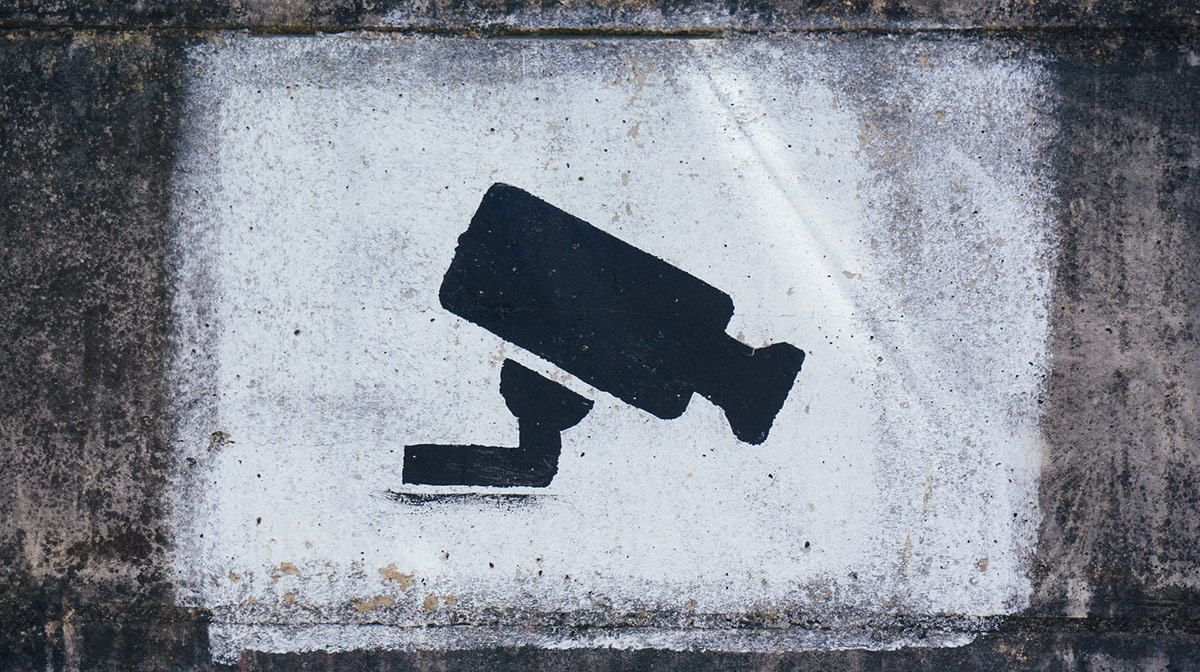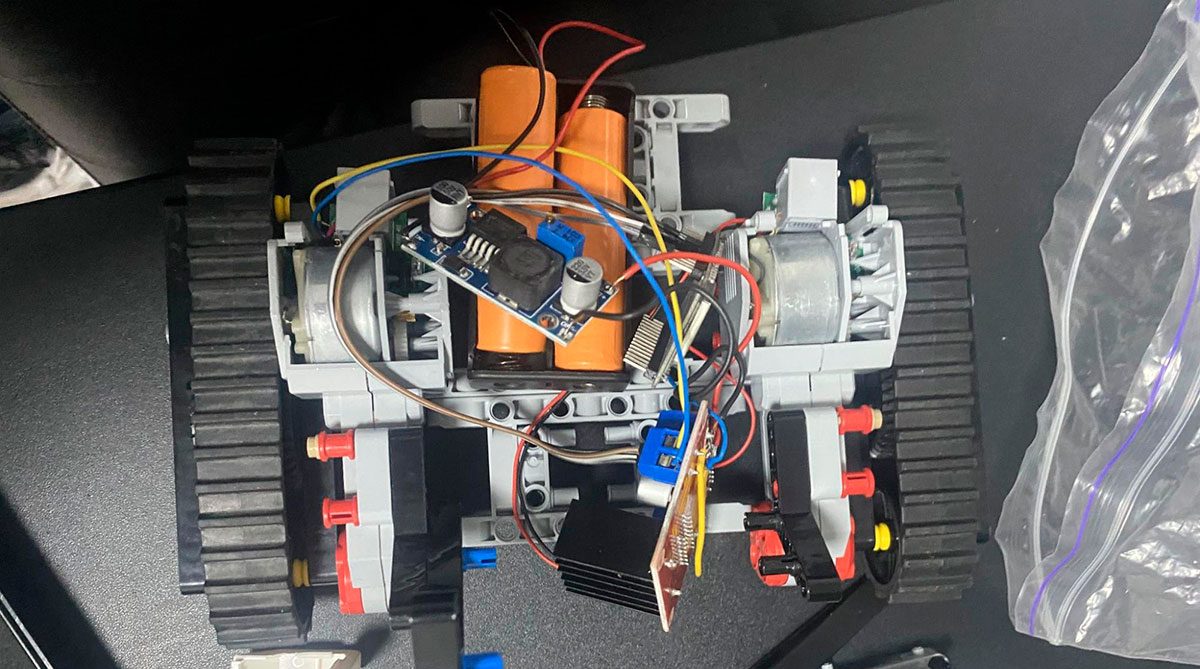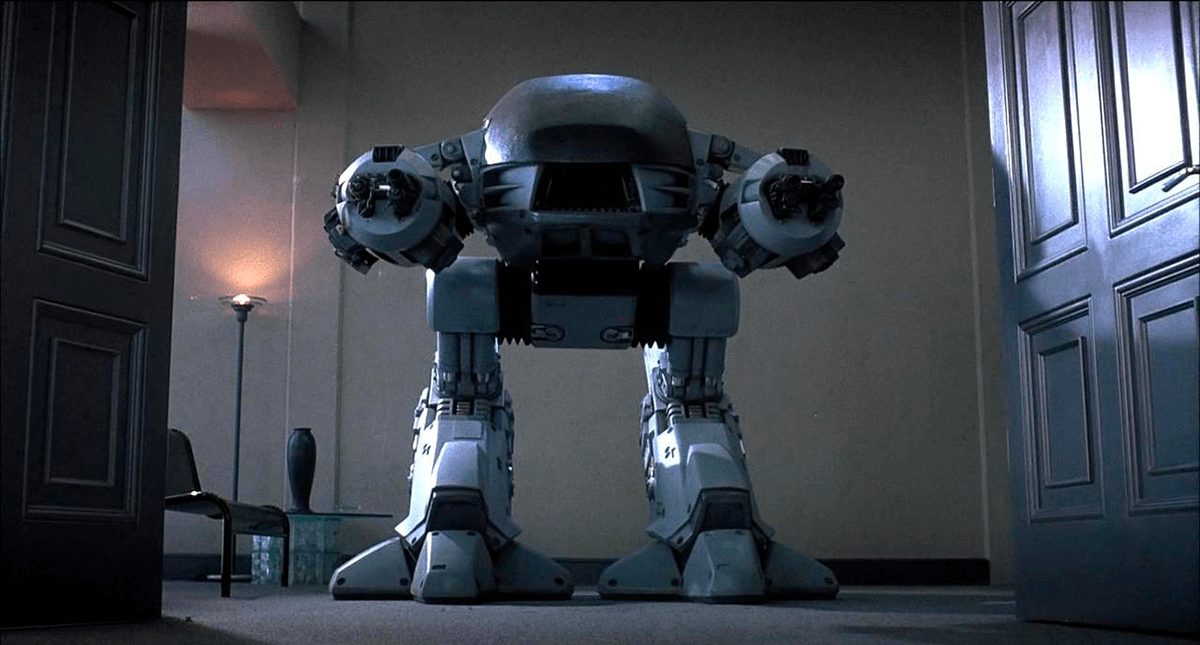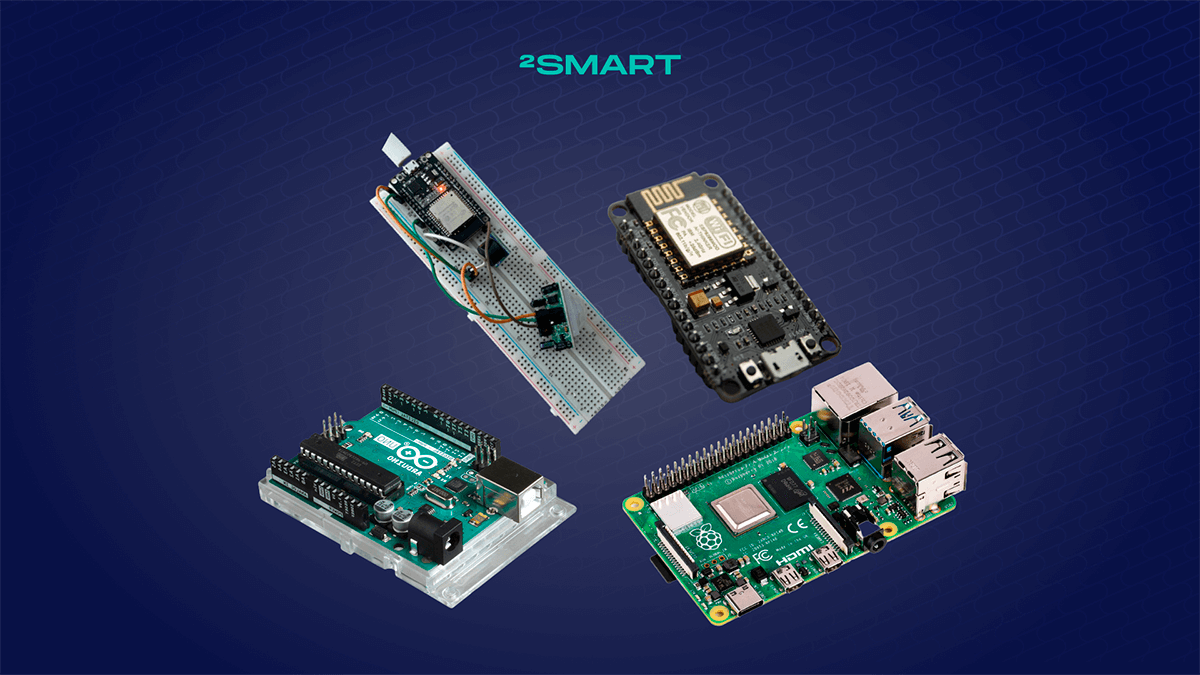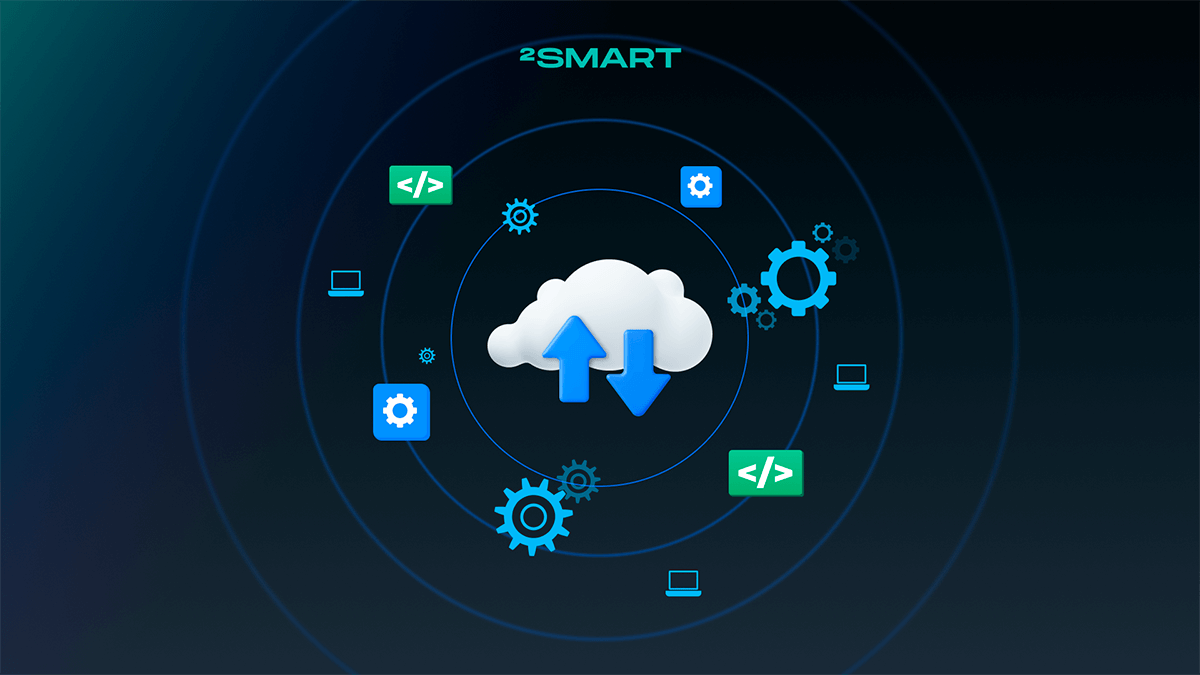Table of contents:
The promising idea of the Internet of Things may not be implemented as quickly as we would like. And the IoT that still exists does not fully meet the hopes placed on it 15-20 years ago. The problem is not in the concept – it proves its correctness even today. It’s more about the technical difficulties of implementing the Internet of Things, which somewhat hinder the development of this industry, although they are surmountable. Using the example of 2Smart Cloud, we tell you how the IoT device management system should be organized and what technological tasks the platform solves, helping to accelerate the implementation of the Internet of Things.
IoT management: basics of technology
The management of thousands and millions of Internet of Things devices is organized following IoT protocols and standards. Familiarity with these principles is necessary for the vendor to make qualified decisions within the entire IoT project. In addition, this information provides a deeper understanding of what happens to IoT devices throughout their entire lifecycle.
Device registration and authentication: basics of system security
Any IoT device starts functioning with an Internet connection. Access to the network is necessary to connect to the IoT platform, which solves all device management tasks. The initial connection and registration in the system is a prominent stage, if only because it requires human participation. However, device authentication is not limited to this.
The enterprise IoT device management platform provides connection security using secure connection protocols. The device is checked every time connected, using cryptographic advances such as device certificates or pre-shared keys.
IoT security is one of the fundamentals of technology. The system should be protected as much as possible from hostile attacks, and the platform should work only with trusted devices.
Device maintenance: monitoring and diagnostics
The diagnostic functionality that the IoT platform provides is often underestimated. Meanwhile, thanks to the data that comes from numerous sensors of the device, it is possible – and even necessary – not to react to failures but to prevent them.
The platform’s diagnostics and monitoring of IoT devices will help avoid losses due to equipment downtime. Failure can potentially be caused by anything from firmware update errors to unforeseen performance problems.
Another area of monitoring is related to the previous problem. It is system security. Automatic tracking of network statistics can detect security breaches before they cause actual harm.
Let’s collaborate
We’re empower your business with our technology expertise
Management: the convenience of daily operation
IoT management software cannot be limited to plug and forget. Sensors, smart devices, and any other IoT equipment only come pre-configured. The user makes the final configuration, depending on the installation location and the role that a particular device should play in the entire system.
The more fine-tuning of IoT devices the platform provides, the better. This allows you to configure the device fleet flexibly.
As for the fleet, if it is large enough, the platform must make it possible to group devices. Moreover, grouping is not necessary to beautifully separate devices of different types in the platform interface. The main point is that the user should be able to configure the parameters by applying the same settings to all devices in the group, rather than configuring each of the hundreds or thousands of them individually in the same way.
Updates and support: again, about security, and not only
How the updates will be made is the point you need to think about before launching the project. The device’s firmware will require updates, and sure they will also be necessary for the mobile application if it is used for management.
Various reasons can cause the need to update the firmware:
- errors in the current firmware version;
- the need for additional functionality that can be obtained by simply changing the software;
- detection of vulnerabilities that may affect security.
The most convenient way to deliver new firmware versions is over-the-air updates. It is enough for the vendor to publish a new version on the platform, and the firmware of the connected device will be updated within 24 hours. The only restriction is that the device’s current firmware version must support this update delivery method.
As part of the 2Smart Cloud IoT platform for managing devices, you can create firmware that supports over-the-air updates using the SDK. Another option is proprietary firmware based on the platform documentation.
As for updates to the 2Smart Cloud mobile application, major updates are released by the platform. And minor updates in the form of interface reconfiguration can be made by the vendor at any time. The changes will be visible to all device users immediately after restarting the application on the mobile device.
Get to know 2Smart Cloud closer
Compliance with industry standards is not the only advantage of the 2Smart Cloud platform. With us, the vendor receives powerful tools for creating IoT devices, a mobile application drag-and-drop constructor with additional management capabilities (voice commands, Telegram bot, phone calls), and expert team support at all stages of product creation.
In addition to the cloud platform for B2C cases, you can get the 2Smart Business Platform for management and monitoring of the entire fleet of your enterprise’s devices. The open-source platform 2Smart Standalone will allow you to automate a smart home or commercial facility – see the case study about Teltonica IoT devices monitoring for more details.
You can create your first device using the platform even without a microcontroller – you can do it using a virtual device. Join us!
Don't forget to share this post!
Read Next
Let’s dive into your case
Share with us your business idea and expectations about the software or additional services.

